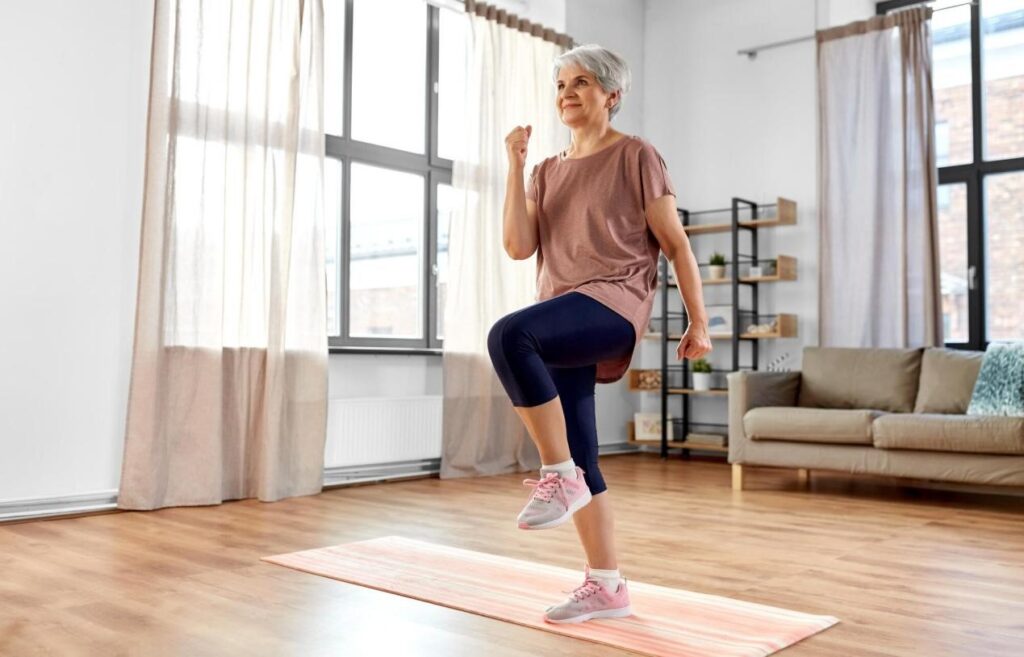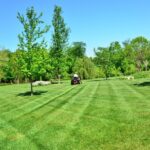As we get older, our bodies become less flexible, which can make daily tasks harder. This can be especially tough for seniors in assisted living who may need help with basic movements. But with the right approach, seniors can still improve and maintain their flexibility. In this post, we’ll look at simple ways Flexibility Goals for Seniors to regain their independence and move around more easily.
1. Start with a Baseline Assessment
The first step in setting any fitness goals is to assess current abilities. For seniors in assisted living, this means evaluating their existing range of motion and flexibility levels. Simple tests, such as the sit-and-reach test or heel-to-toe walk, can provide insight into their flexibility.
Engaging a physical therapist or trained staff member can help in accurately assessing these abilities. This professional guidance ensures that seniors understand where they stand and what is achievable. Establishing a baseline helps in creating personalized flexibility goals that are both realistic and attainable.
2. Establish Specific, Measurable Goals
Once the baseline assessment is complete, it’s time to set specific and measurable flexibility goals. These goals should be tailored to each individual’s abilities. Instead of saying, “I want to be more flexible,” a senior might set a goal like, “I want to touch my toes while seated within six weeks.”
This specificity allows for easier tracking of progress. It’s essential for seniors to share these goals with caregivers and family members. Doing so creates a support system that can help with the following:
- encourages accountability
- and celebrates milestones
By focusing on achievable goals, seniors can prevent frustration, ensuring they remain motivated.
3. Create a Safe and Engaging Routine
Incorporating mobility exercises for seniors is vital. For seniors in assisted living, making these exercises safe and enjoyable greatly enhances participation. Activities includes such as the following:
- chair yoga
- gentle stretching
- or beginner Pilates
All these can be integrated into the schedule. Additionally, set aside time for group activities. By doing so, this can foster social engagement. Implementing a class format encourages attendees to share their experiences.
This also makes the entire process more enjoyable. Ultimately, when flexibility exercises are perceived as a fun part of the day, seniors are more likely to stick with them.
4. Monitor Progress and Celebrate Achievements
Finally, regularly monitoring progress helps seniors stay motivated. Keeping a journal or a chart can make a significant difference in tracking improvements. This tangible evidence of progress can boost confidence and inspire continued commitment to flexibility goals.
Celebrating small achievements-like being able to stretch further or participate in a new class-reinforces the importance of these goals. Whether it’s a special recognition by staff or a small celebration with fellow residents, acknowledging successes creates a positive atmosphere for ongoing improvement.
For instance, choosing Boca Raton’s senior assisted living community can provide the supportive environment needed to establish and pursue flexibility goals. Such communities often have tailored programs, trained professionals, and access to resources that make it easier to achieve improved mobility.
Set Achievable Flexibility Goals for Seniors in Assisted Living
Setting achievable flexibility goals for seniors in assisted living is crucial for maintaining their physical and mental well-being. By incorporating a mix of stretching, strength training, and balance exercises, seniors can increase their flexibility and reduce the risk of injuries or falls. Take the time to support and encourage flexibility routine for the elderly towards a more flexible and independent life.
Looking for more tips? You’re in the right place! Make sure to bookmark our page and come back to check out more interesting articles.







